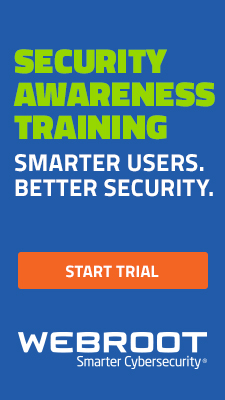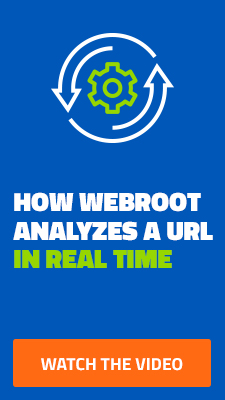Sticking to good old fashioned TTPs (tactics, techniques and procedures), cybercriminals continue mixing purely malicious infrastructures with legitimate ones, for the purpose of abusing the clean IP reputations of networks, on their way to achieving positive ROI (return on investment) for their fraudulent activities. For years, this mix of infrastructures has lead to the emergence of the ‘malicious economies of scale’ concept, in terms of efficient abuse of legitimate Web properties, next to the intersection of cybercriminal online activity, and cyber warfare.
In a series of blog posts, we’ve been emphasizing on the level of automation and QA (Quality Assurance) applied by vendors of cybercrime-friendly tools and services, compromised/hacked Web shells in particular. Largely utilized for the hosting of fraudulent/malicious content, in addition to acting as stepping stones for the purpose of providing a cybercriminal with the necessary degree of anonymity when launching campaigns, the concept continues representing an inseparable part of the cybercrime ecosystem, due to the ever-green public/OTC (over-the-counter) marketplace for high page-ranked Web shells.
We’ve recently spotted a newly released commercial Windows-based compromised/hacked Web shells management application that empowers potential cybercriminals with the necessary capabilities to maintain and manage their portfolio of Web shells. Let’s take a peek at the application, and discuss some of its features.
More details:








